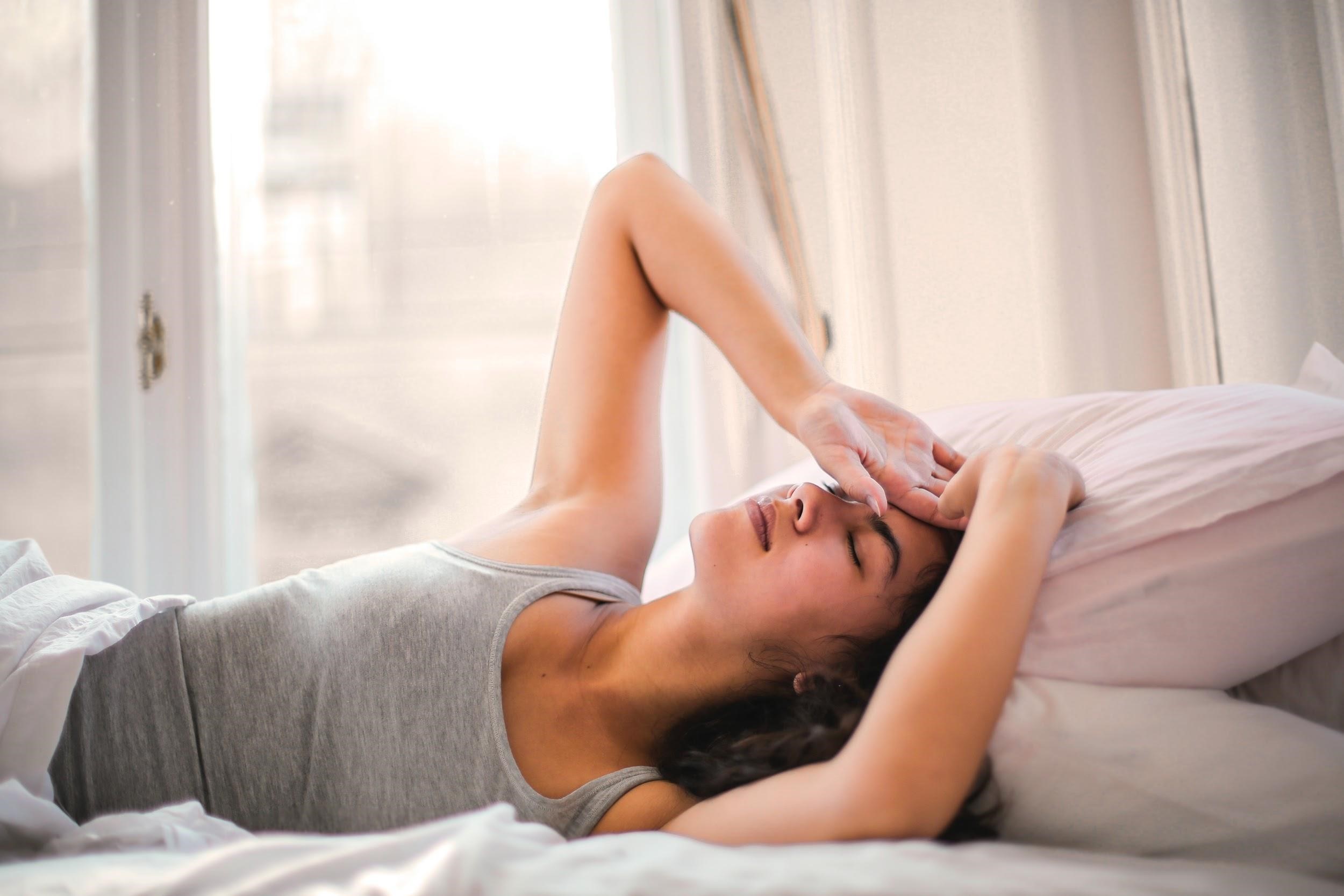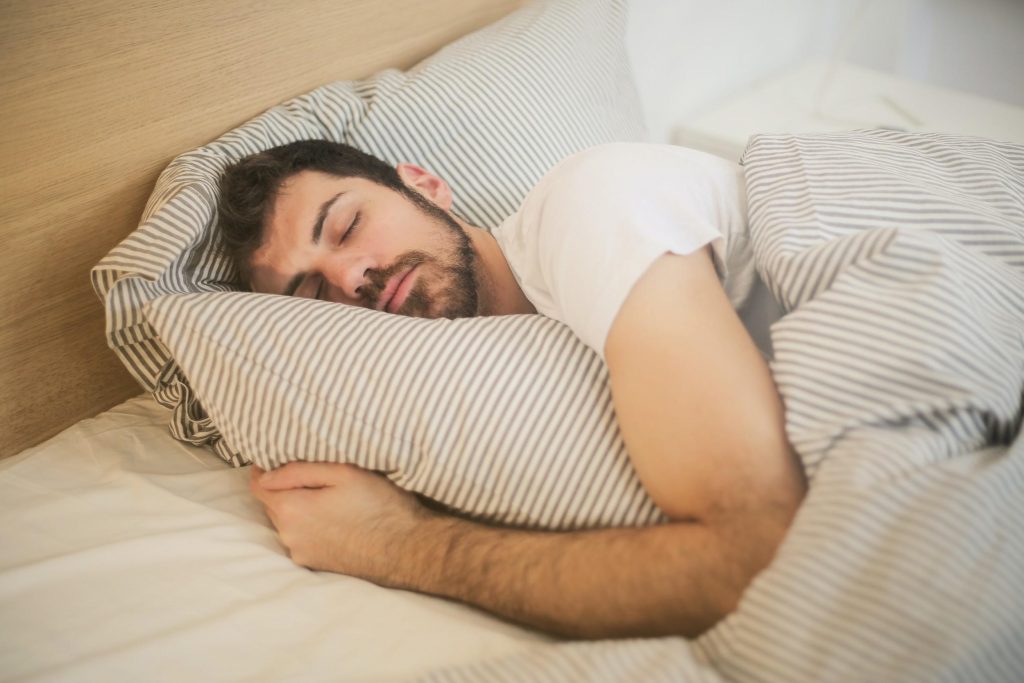Understanding Sleep Apnea: Signs, Symptoms and Treatments

Getting a full night’s sleep is not only beneficial, it’s crucial to living a long, healthy life. Sleep apnea, a sleeping disorder that causes your breathing to stop and start throughout the night, can be detrimental to both physical and mental health. One out of every 10 Americans suffers from sleep apnea—and the risk factors can be significant for both males and females (but it is more common in men). Luckily, modern science has led to some incredible treatment breakthroughs to help manage the symptoms and alleviate fragmented sleep.
In this article, we’ll break down the basics of sleep apnea, from the symptoms and risk factors to the treatment options.
What Is Sleep Apnea? And How Do You Get It?
Sleep apnea is one of the most common sleeping disorders, and it affects both men and women—especially those who are overweight. There are three forms of sleep apnea: obstructive sleep apnea, central sleep apnea, and complex sleep apnea syndrome.
Obstructive sleep apnea is caused by the obstruction of the throat and airway during sleep, which is created by the throat muscles relaxing and blocking the airway and excess tissue pressing on the back of the throat. When your airway becomes blocked, your brain will wake you to reopen your airway, making deep and restful sleep less achievable.
The least common form of sleep apnea is central sleep apnea. This type is caused by your brain failing to send proper signals to the muscles responsible for your breathing, resulting in not breathing for short periods of time throughout the night.
Complex sleep apnea syndrome (also known as treatment-emergent central sleep apnea) occurs when you suffer from both obstructive and central sleep apnea. This disorder can also be caused by alcohol and tobacco use, lung disease, an irregular sleep schedule, and hereditary factors.
6 Symptoms of Sleep Apnea
Sleep apnea affects both your body and blood receiving oxygen. This can cause a multitude of symptoms and risk factors that come with the disorder.
Snoring
Snoring is one of the main symptoms associated with sleep apnea and can cause many of the other symptoms associated with the disorder. Snoring can also have a severe impact on your (and your partner’s) sleep. In turn, this can cause added amounts of mental strain, which can worsen symptoms of sleep apnea.
Gasping for Air When Asleep
As previously mentioned, sleep apnea can cause your brain to wake you up throughout the night in order to reopen your airway and allow oxygen to your body. This is why many people experience waking up and gasping for air, feeling short of breath, and choking. These symptoms are generally noticed and reported by your partner or a technologist during a sleep study.
Morning Headaches
Sleep apnea causes severe headaches for the majority of patients. This can be one of the more debilitating symptoms of this disorder as a severe headache can cause difficulty performing morning routines, concentrating, and irritability.
Daytime Sleepiness
If you experience daytime sleepiness, sleepiness while driving, or the urge to take afternoon naps, you could have sleep apnea and should consult your doctor as these symptoms can be problematic to your daily life.
Irritability, Anxiety, and Depression
Irritability, anxiety, and depression can all be induced by a lack of restful sleep, which is a side effect of sleep apnea. If you’re experiencing any mental or emotional difficulties due to sleep apnea, talk to your doctor. Talking openly and honestly with your doctor will lead to better treatment.
Sore and Dry Throat
Another telltale sign of sleep apnea is a sore and/or dry throat. This is typically caused by the mouth staying open throughout the night and snoring.
Common Risk Factors
Sleep apnea can affect anyone in any age range. The main risk factors are excess weight or obesity, large neck size, male gender, middle age, hypertension, and/or family history. If left untreated, these factors can worsen symptoms.
The Bright Side: Treatment
Sleep apnea can seem scary and ultimately frustrating if you’re living with the disorder. Fortunately, specialists have discovered and developed technologies and techniques to help manage and, in some cases, eliminate the symptoms associated with sleep apnea. The most common treatment is CPAP (continuous positive airway pressure), which uses a machine to push pressurized air into the airways throughout the night. Another treatment is weight loss. Your doctor can recommend a proper weight loss regimen for you to follow. The final option is surgery. Surgery is normally used if the CPAP machine doesn’t initially work.
Have More Questions Regarding Your Health?
Gwinnett Sleep is here to help! We can answer any questions you may have regarding sleep apnea, and we can recommend and provide a number of services to help achieve a good night’s sleep. If you’re interested in learning more about sleep apnea or other sleep disorders, find more information here, and be sure to contact us if you’d like to schedule an appointment.







